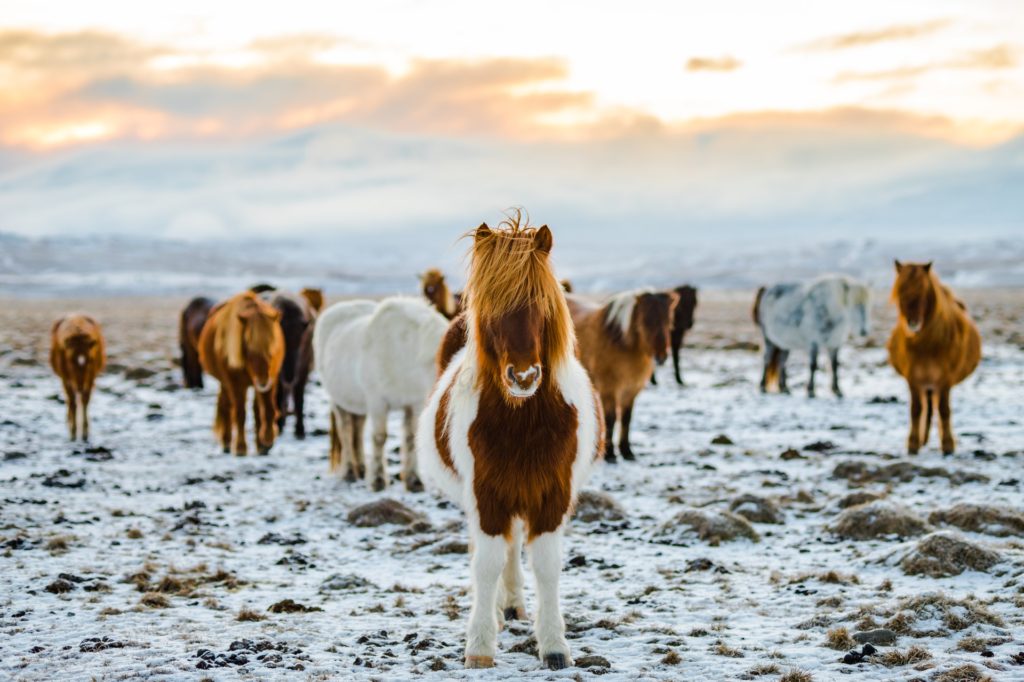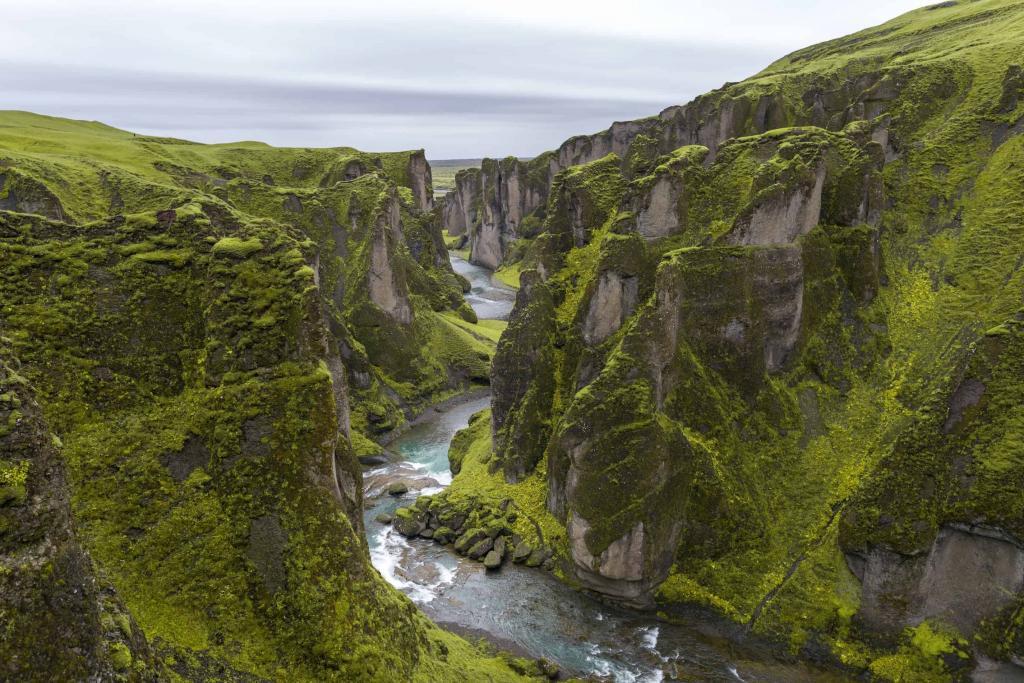Travel safely in Iceland and have fun
My friend Heather Linnet who has been featured in this magazine asked me to write about traveling safely in Iceland. There are many articles about this topic available. I suppose she wanted to get the local perspective on the issue. You could say I have a lot in common with everyday travelers. I don’t have access to a powerful super jeep, I am not a great driver, and my sense of direction is relatively poor. You could argue that Google Maps is the best thing that ever was created for a guy like me! In any case, I hope I can help to answer the question ‘How to travel safely in Iceland.’
Subscribe to my newsletter for exclusive discount codes that will give you savings on 150 Iceland tours and travel services.
Subscribe to the Stuck in Iceland newsletterReceive exclusive promo codes for tours, car rental, camper van rental, and outdoor clothing rental. Get occasional updates about new content. I will never give your data to a third party without consent.
Thank you
Jon Heidar, Editor of Stuck in Iceland Travel Magazine


What does this guy know about being safe in Iceland anyway?
So what are my credentials in talking about safety in Iceland? Firstly, I am a local, so I know how the weather can quickly turn. It is not a surprise to me when I am out running and suddenly I am facing a gale-force wind and freezing rain in early August. Run a kilometer or two, turn a corner, and things are entirely calm again. I have been out cycling and seen flags furl in the opposite directions simultaneously. My commute is by bike all year round. I know how to dress and equip my bike, so the ride is both comfortable and safe in the deepest and darkest winter.
The joy of travel safely in Iceland
I have also been lucky to join a lot of tours where I have seen how experienced guides run tours. I have been up to the Vatnajökull glacier and ascended the Hrútfjallstindar peaks and the Hvannadalshnjúkur peak. I have hiked and climbed the 24 mountains above the Glerárdalur valley close to Akureyri. It was pretty crazy! I have driven the ring road. I have driven snowmobiles across Langjökull glacier, went on a fun ride on powerful ATVs. Hiked on Sólheimajökull glacier, went paragliding, been snorkeling in the Silfra fissure, and a gone on a boat trip across the Jökulsárlón glacial lagoon. I have been driving up to Mt. Hekla, gone on a rib-boat tour in the Vestmann Islands, seen a volcanic eruption up close, and been on a trip to Kerlingarfjöll mountain. These are all memories that I will cherish while I draw breath.
1. Study the Safetravel website follow the advice there
I also want to stress that you go to the Safetravel website and follow the instructions there. If you don’t want to read this travel article safely in Iceland, that is fine, but please study the Safetravel website.
2. Respect the environment you are in, and the rules in place
In most of these instances, I have had excellent guides who made sure that things were fun and safe. Safety is not the same thing as being risk-free or timid. Safety, for me, is about understanding and respecting the environment you are in. It is about listening to more experienced people and following their advice. Iceland is not a super dangerous place, violent crime is rare, and we like to think we are kind to our guests. Well, as long as they respect nature and follow the basic rules anyway! So respect signs and marking. Nobody puts up a sign just for fun. There are reasons why there is a fence at a cliff’s edge, or there is a clear demarcation to protect sensitive flora. Respect markings and signs. They are there for your protection.
3. Be dressed for Iceland
I have a separate page about how to dress in Iceland. This is an essential part of traveling safely in this country, so please read that as well. This is especially true if you are going on long hiking trips here in Iceland.
4. Winter has short days and unpredictable weather
Icelandic winters have unpredictable weather, and the days are short. In early October, sunrise is at about 09:00. The sun sets around 17:30. The days get short fast. The shortest day is only about four hours at the winter solstice (21st of December). Sunrise is just before 11:30, and the sunsets at 15:30. So take account of this in your travel planning. Iceland is just a big island off the coast of Greenland; its northernmost island is Grímsey touches the arctic circle. The winter weather is highly unpredictable, temperatures often do not go far below 0°C (32°F), but the sharp and cold wind magnifies the chill. Add snow and wind to the mix, and it can get rough fast. Make sure you dress accordingly.
4. Plan your driving, respect the speed limit, and no random stops on the road
When driving in winter, study the road conditions and follow the weather closely
When driving in winter, be aware you are driving in sub-arctic conditions. The day is short, and the weather is unpredictable. Iceland roads are narrow, and therefore the speed limit is often much lower than international travelers are often used to. Respect the speed limit for our safety. When driving in Iceland, you may encounter single-lane bridges. Keep your speed down, and be mindful of the conditions. Never, ever stop on the road, even if you suddenly see some incredibly photogenic livestock or scenery.
More information on how to drive in Iceland is on our road trip page
5. Be aware of the weather forecast but realize the weather is unpredictable
It is probably one of the toughest jobs in the world to predict the weather in Iceland. This is especially true for the highlands in the areas close to the glaciers. Nevertheless, the Icelandic meteorological office does a great job. Study and follow the weather report There is even an app for weather reports available for Android and the iPhone. But remember that the weather can change quickly, especially in winter. Plan accordingly.
6. Be careful at Reynisfjara
Reynisfjara is one of my favorite places in Iceland. Not original, I know, but it is a beautiful place indeed. But we have had tragic accidents there when people are swept out to sea by the powerful waves that can wash over at any time. Please stay safe and don’t go too close to the water’s edge. Sometimes you see videos of people who run into the water for fun. These videos often show somebody who stumbles and struggles with the hidden power of the waves.
4. Never step on an iceberg. Never.
The Diamond Beach and Jökulsárlón glacial lagoon are beautiful places with their impressive icebergs. People have put their lives at risk by going on icebergs. That may sound like fun, but the fun stops when the iceberg flips over into the frigid water or starts to drift out to the North Atlantic.
5. Bring your mobile phone to travel safely in Iceland
Mobile phones are excellent security devices, although reception is spotty in the highlands. Have a fully loaded charger with you, so you don’t run out of juice if you need to call for help. Reach emergency services by calling 112.
6. Be visible when you are looking for the northern lights and stay off the road
I had a scary incident while driving in the South of Iceland in the evening in the middle of winter. It was pitch-black out there. A bus had stopped, presumably to look for the northern lights. I was driving slowly, which saved the life of a man who stepped onto the road, all dressed in black. I saw him at the last minute and was able to swerve past him. So if you are out in the dark, please wear reflectors and think about where you are going. Since so many people come here to hunt for the northern lights, this is crucial for traveling safely in Iceland.
7. Never go on an Icelandic glacier by yourself
Never, ever go on an Icelandic glacier by yourself. They are death traps for amateurs. They have super-deep crevices that are not always visible to the untrained eye. These crevices are sometimes so huge that you could lose a school bus. I recommend hiking on glacier tours here in Iceland with experienced guides if you have the chance. Not much beats exploring those wonders of nature. So you can join a tour and do what the guide tells you to do.
Fjaðrárgljúfur canyon in Iceland. Please don’t be too close to the edge and respect markings. Photo by Serey Morm on Unsplash
8. Never go to the cliff’s edge
Then there are edges of cliffs. Unfortunately, the forces of geology are relentless here in Iceland. Water permeates rock and expands when it freezes. Rocks formations give way to this constant assault and crack eventually. When somebody with their iPhone takes a selfie at a cliff’s edge and thus adds weight to the brittle rock, things may get dicey. Make sure you stay at least 1 – 2 meters away from the edge of the cliffs. Otherwise, you might fall when the edge collapses and break every bone in your body. That would ruin your vacation.
I hope you have found this article helpful in traveling safely in Iceland. Have a great and safe trip!


